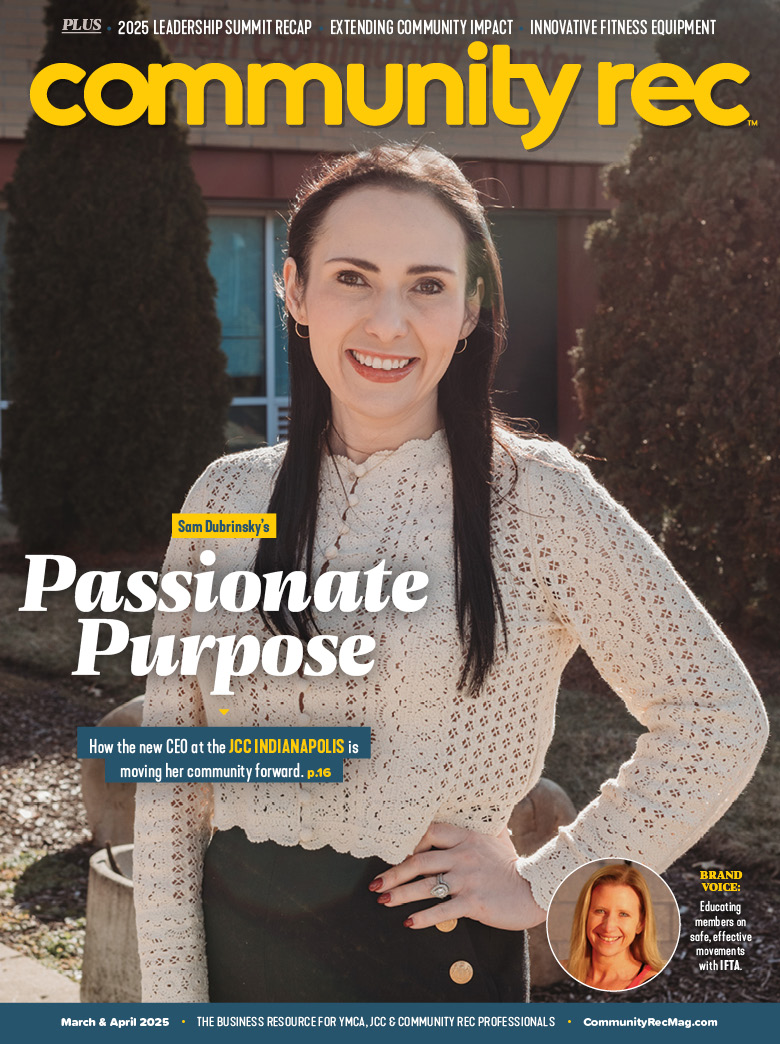This month, we spoke with Adam Shilling, the executive director of membership and program at the YMCA of Greater Grand Rapids, about member retention.
What is your retention strategy at the YMCA of Greater Grand Rapids?
Adam Shilling: We effectively retain members by understanding that different groups of members have different needs. To keep it simple, we focus on members in two groups: new members and existing members.
Research from Y-USA has shown new members are 50% more likely to leave if they don’t make friends and meet their wellness goals. Also, we know anything less than two or three interactions with staff during the first 30 days decreases the likelihood of them returning the following month by 50%. After learning this, we developed a set of programs to ensure new members can reach their goals, and become connected to staff and other members.
To better serve existing members, we again reviewed data, and we learned we retain 83% of members who have a friend at the Y. To leverage this learning, we launched a member referral incentive that provides a reduced monthly fee to members who recruit other members to join the Y. Both members — existing and new — can retain the reduced monthly rate for as long as they have an active membership.
What retention challenges does your organization face?
AS: The biggest challenge we have had to overcome is helping our longer tenured staff transition their focus from 13-month retention to month-to-month retention. Many associations prioritize a 13-month retention figure over the one-month churn rate — I think this is a mistake. Retention rates should focus on the time periods when customers make a decision to renew their membership. The vast majority of our members pay their dues monthly, so each month, they make the decision of whether or not they should continue their membership.
What role does your staff play in retention strategies?
AS: Staff members help facilitate relationships during each member’s first visit. We train all our staff to introduce a prospect to a Y staff person and a Y member every time they provide a tour. Forming these connections prior to registration for membership creates a small community atmosphere. Once that member joins, there are at least a few people who know their name and a little bit about them.
From there, helping members feel welcomed is the area in which staff plays the biggest role. So they get to know the members personally. Remembering and using names is important, but I think it’s more important to remember details about what’s happening in their lives — it requires us to know the specific details that make people unique. Personally, I like this mindset because I struggle so much to remember names, but I always remember the details of previous conversations.










